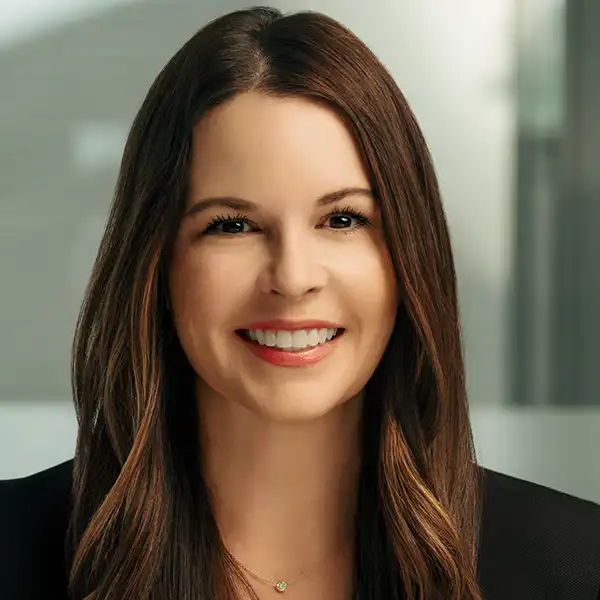“Never let a good crisis go to waste.” – Winston Churchill
Don’t waste today – you don’t need a crisis.
This quote came to mind while meeting with a Ramey client recently. Like many companies, they were hit with significant set-backs during the pandemic. However, the company’s leadership doubled down through these challenges to position them for success on the other side – diversifying their product offering to gain competitive advantage.
Many companies did this same thing. Instead of backing down, they forged ahead and are poised to leapfrog their way to leading their category. We’ve seen it through quite a few times in our recent history – COVID-19, the 2008 housing crisis, and post 9-11 to name a few.
That is all well and good, but now on what we hope is the other side of the latest crisis, what if you did not have the luxury of forging ahead last year? How can we, as marketers, learn lessons from those that did, and make better marketing decisions every day.
Make tough choices quickly and decisively, with all the information you have.
In 2008 Forbes said, “many of the executives I have spoken to remark on the speed with which the current crisis came upon them. Given that, do you have a plan that allows you to move fast, faster than before?”
Again in 2013 McKinsey said: “The vast majority of organizations are surprisingly slow to reshuffle their resources…Yet the returns were higher and the volatility lower at organizations that reallocated more actively.”
If fact, I was talking with someone the other day whose new business did not make it post 9-11. Their lesson learned? Make hard decisions, faster. If you are a Friends fan, the term “pivot” may come to mind.
This is a mentality you should take into each marketing campaign or product launch. Don’t give up too quickly. If it’s not working, don’t watch it sink. This is a philosophy we often advise our clients with – give the campaign time to ramp up, then optimize and make necessary/key decisions.
The luxury of smarter marketing means there are many forms of testing – A/B message testing, audience testing, and media attribution testing – just to name a few. These offer great methods to get data, fast.
Listen to your customers. Seek ideas from others.
The worst thing you can do is make decisions in a vacuum. Bernard Baruch said, “Most of the successful people I’ve known are the ones who do more listening than talking.” Especially when you are feeling stuck, being in an echo chamber is the worst thing you can do.
Collaborative Brainstorms:
One of our clients often speaks fondly about our collaborative “brainstorming” sessions, a time where we come together and discuss the current state of the market, customer sentiment and constant changes happening. We all bring our own perspectives, and while it’s often impromptu, some of our best ideas have been birthed from these conversations.
Key Influencers:
Get a retail partner, dealer, or customer on the phone. They will often have invaluable insight. It is the reason when we started working with Dornbracht, we began with a series of dealer interviews to really understand what customers and designers wanted and how they felt about the brand.
It does not have to be complicated – in this case, it was simply a series of phone calls. In-depth research can be the right thing, but sometimes you just need to be willing to make a phone call and get a different perspective.
In the midst of the pandemic, our clients at Hestan listened to their dealers and distributors early on who were saying that Outdoor products were in high demand. They doubled down on promotion of their outdoor line, even though the plan for the year was very different, and it paid off. Not only has their brand recognition grown substantially, but the Outdoor grill had 80% YOY growth.
Look back – a past failure, idea or product may have just had bad timing.
It’s always a good idea to keep looking back. That idea you had for a new marketing campaign four years ago may not have worked then, but with some modifications, it might be just what you need now.
We are working with a client right now on a product re-launch that fits this model. It started as a small and forgotten piece of their business, but they anticipate it will become a large part of their future success.
In short, don’t let an opportunity get by you without examining its possibilities. It’s far better to take the risk than to look back and ask what if.


